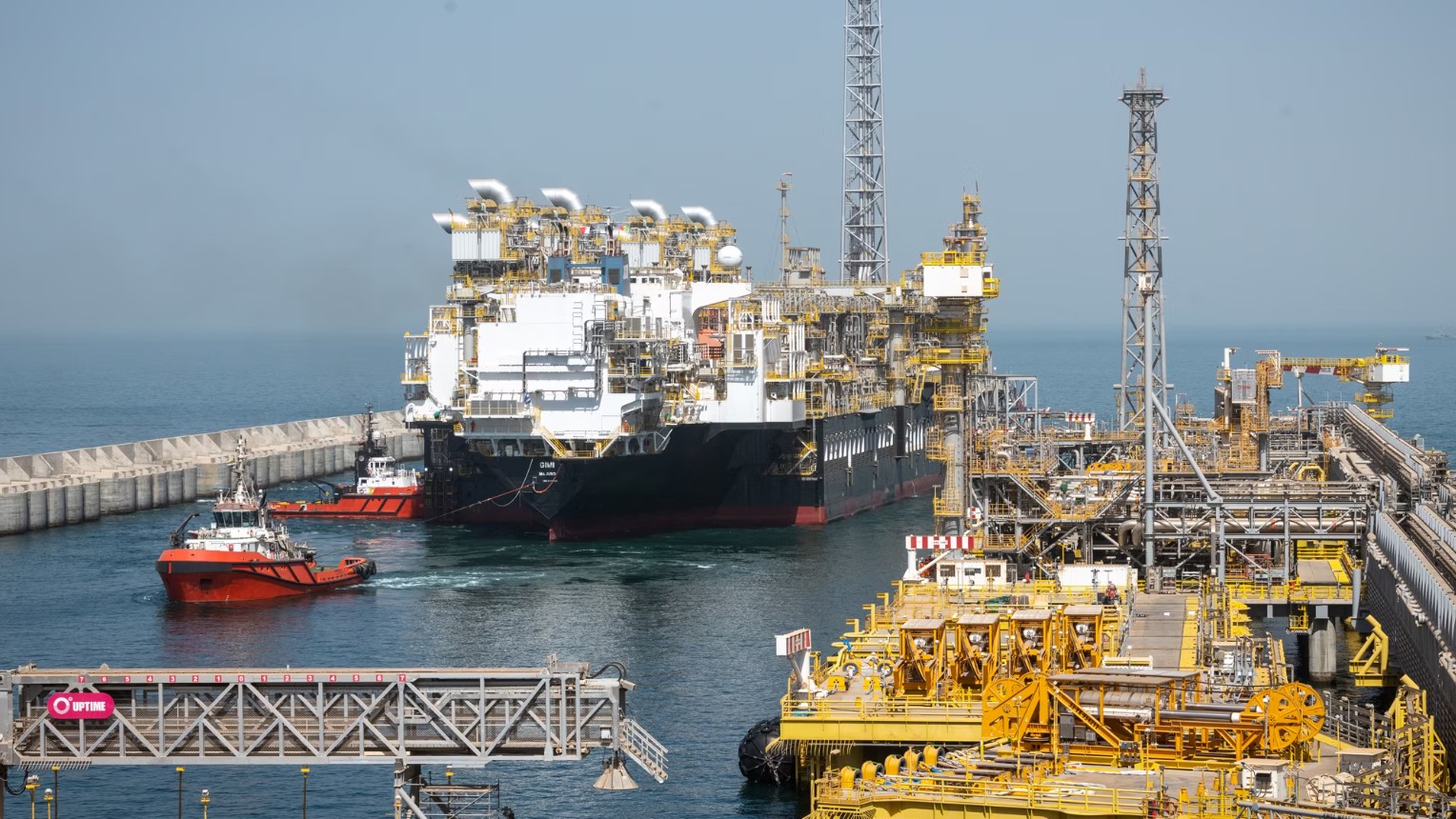This story requires a subscription
This includes a single user license.
In February, Golar LNG’s FLNG Gimi, which was converted from a 1975-built Moss LNG carrier with a storage capacity of 125,000 cbm, arrived at the GTA hub.
Kosmos said in its second quarter results report on Monday that “the partnership is working with the vessel operator to advance commissioning work and plans to bring in a pre-commissioning cargo to accelerate the cool down of the vessel later this month.”
The FLNG unit is at the heart of the GTA Phase 1 development, operated by BP with partners, Kosmos, PETROSEN, and SMH.
Kosmos confirmed that first LNG is expected in the fourth quarter of 2024.
Commissioning of FPSO
In May, the project’s floating production, storage, and offloading (FPSO) unit also arrived at the GTA project off the coasts of Mauritania and Senegal.
Kosmos said in the report that mooring of the FPSO is now complete.
“All risers were installed in June and commissioning of the FPSO is ongoing with handover to operations targeted in September with first gas expected shortly thereafter,” it said.
With eight processing and production modules, the FPSO will process around 500 million standard cubic feet of gas per day.
The gas supplies will then be transported by pipeline to the FLNG unit at the GTA hub where it will be cryogenically cooled in the vessel’s four liquefaction trains and stored before transfer to LNG carriers.
Subsea work expected to be completed this month
Besides the FLNG and the FPSO, the subsea work scope is “progressing in line with expectations with final connection work ongoing,” Kosmos said.
According to Kosmos, mechanical completion for first gas is expected this month.
As per drilling, Kosmos said the first batch of four wells has been completed with expected production capacity “significantly higher” than what is required for first gas.
BP’s CEO Murray Auchincloss recently said the company expects to achieve first gas from its delayed FLNG project over the next three or four months.
The project is set to produce around 2.3 million tonnes of LNG per year.
It is expected to produce LNG for more than 20 years, enabling Mauritania and Senegal to become a global LNG hub, BP said.

